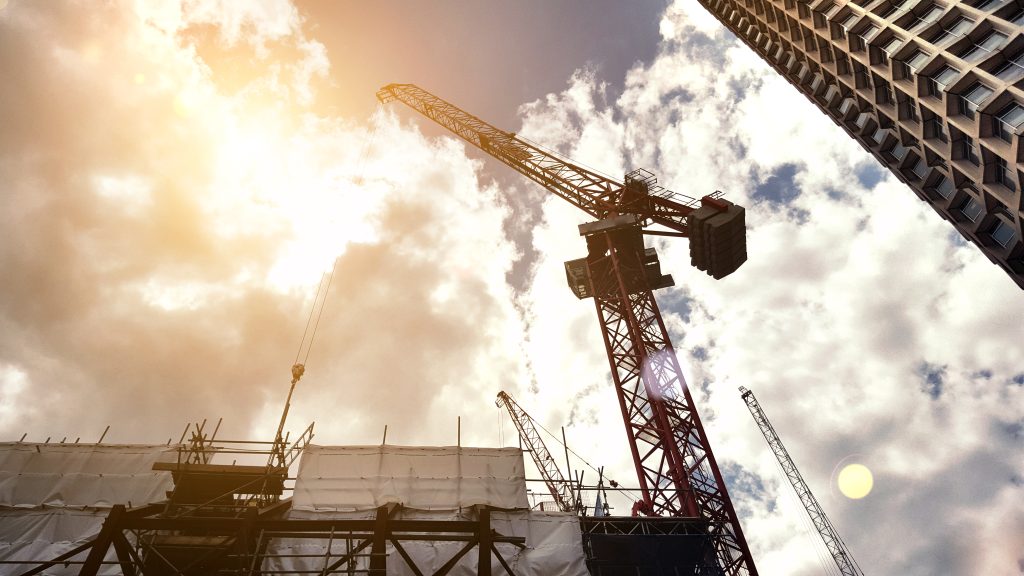Weather, Supply Chain, Inflation Drive Up Commercial Property Insurance Prices

By Max Dorfman, Research Writer, Triple-I
Construction material costs rose dramatically in 2021, altering the underwriting and pricing of commercial property insurance. A recent report by Westchester – Chubb’s excess and surplus specialty product group – details the causes of rising commercial property insurance prices and how they can be mitigated.
The report cites three main factors driving the increase:
More frequent and severe insured losses due to extreme weather;A supply chain crisis that has generated higher costs for construction materials; andRising inflation, which totaled nearly 7 percent in December 2021 from the previous year’s period and is the largest one-year increase in the past 40 years.
Weather, extreme and unpredictable
According to NOAA National Centers for Environmental Information, there were 20 weather-related disasters with losses exceeding $1 billion occurred in the United States between January and September 2021. Between 1980 and 2020, the average number of these types of losses was seven.
In the first half of 2021, about $42 billion in insured property losses were recorded by the insurance industry, representing the highest figure in a decade, according to Swiss Re.
Despite this dramatic rise in losses, the report says, catastrophe risk models “may not fully capture the potential losses attributable to unusual weather events like the December 2021 tornado outbreak, Hurricane Ida, and Winter Storm Uri.” The unpredictability of these storms, alongside a need for better hydrological, topological, and geospatial data gathering and analysis, continues to pose a threat for insurers trying to anticipate risks associated with commercial properties.
Supply chain
2021 also saw a fluctuation of pricing changes for many materials — particularly those used for building – courtesy of the pandemic’s disruption of the global supply chain. Although the exorbitant lumber prices fell in the second half of the year, the prices of materials like copper piping and tubing dramatically increased, according to the report. This posed a challenge for insurers to approximate future costs for underwriting and pricing purposes.
If an unexpected major storm hits a heavily populated region, thousands of homes may need to be repaired or replaced at the same time, pushing the cost of goods and labor – and, ultimately, insurance – even higher. In November 2021, the report says, it was estimated that commercial properties were undervalued for insurance underwriting purposes by more than 30 percent.
Inflation
In addition to pandemic-driven cost increases, underwriters are concerned about the broader inflation picture and its potential impact on interest rates.
“High inflation of the 1970s and early 1980s, for example, adversely affected the industry, resulting in weaker underwriting performance and reserve levels,” the report says. “Rising interest rates, on the other hand, deteriorated the value of fixed income assets.”
Economists recently polled by Reuters said they expect the U.S. Federal Reserve to tighten monetary policy to tame persistently high inflation at a much faster pace than they believed a month earlier.
Where do we go from here?
Westchester’s report offers several strategies to help combat rising commercial property insurance costs:
Insurers, reinsurers, modeling firms, brokers, and risk managers need to develop more accurate and near-real-time data on building condition, drainage systems, real estate trends, and access to construction materials and labor;Risk managers and property owners should consider entering agreements with contractors before weather events to ensure that materials and services are available when the need arises;To ensure more comprehensive underwriting of a building’s replacement value, more frequent and in-depth property damage risk appraisals from qualified sources are needed; andInsurers should consider upgrading loss prevention services provided to commercial property owners and rewarding policyholders with discounts and credits for taking certain risk-mitigation measures.





